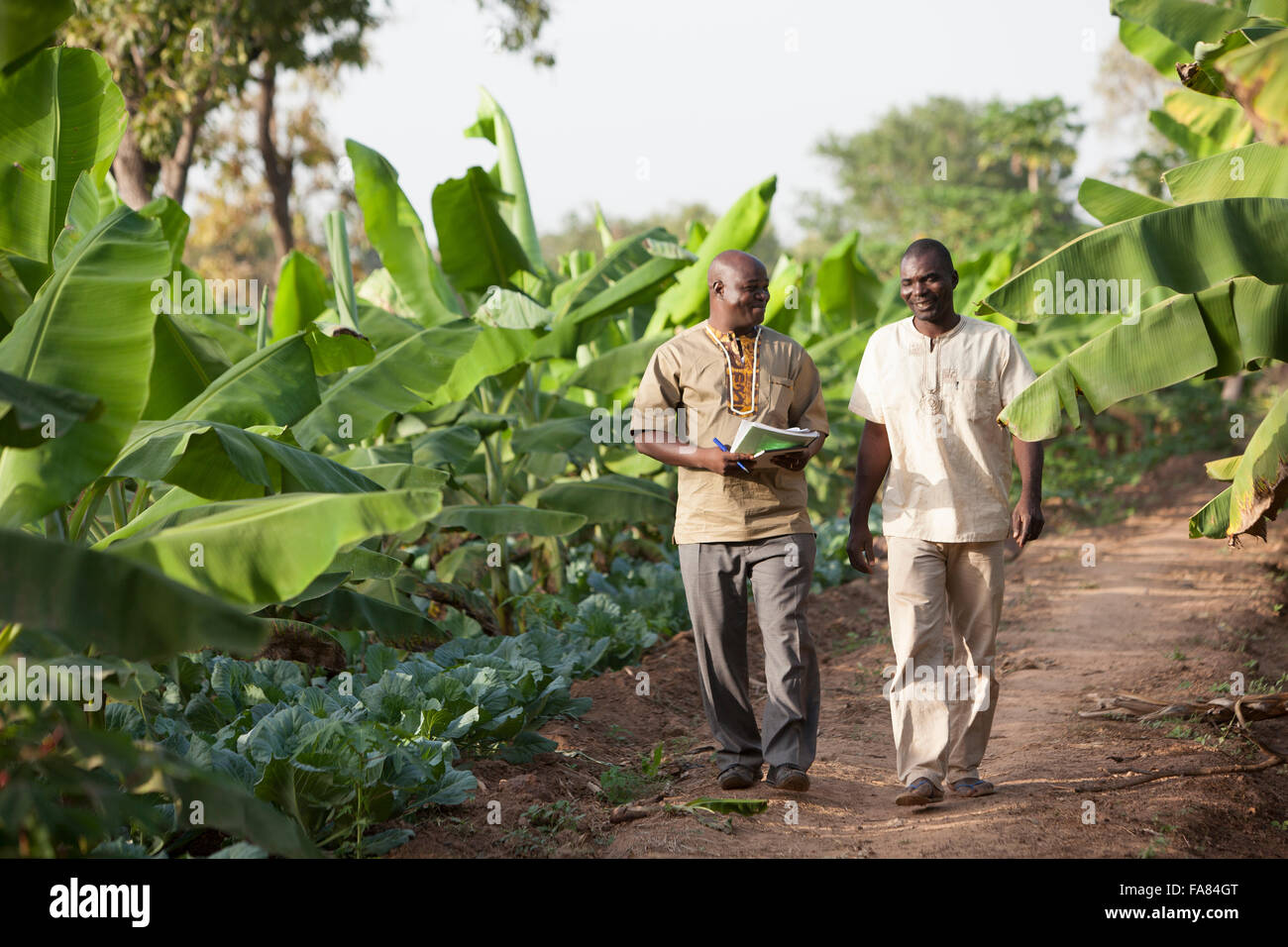The Economic Practicality of Commercial Farming vs Subsistence Farming in Rural Areas
The Economic Practicality of Commercial Farming vs Subsistence Farming in Rural Areas
Blog Article
Discovering the Differences Between Commercial Farming and Subsistence Farming Practices
The dichotomy between commercial and subsistence farming practices is marked by varying objectives, functional ranges, and resource usage, each with extensive implications for both the environment and culture. Business farming, driven by revenue and effectiveness, commonly utilizes sophisticated technologies that can lead to substantial ecological worries, such as soil degradation. Conversely, subsistence farming stresses self-sufficiency, leveraging standard techniques to maintain home needs while supporting area bonds and cultural heritage. These contrasting techniques increase interesting inquiries about the equilibrium between financial growth and sustainability. How do these different techniques shape our globe, and what future instructions might they take?
Economic Objectives
Economic goals in farming techniques frequently determine the approaches and range of operations. In industrial farming, the main financial purpose is to make the most of earnings.
In contrast, subsistence farming is predominantly oriented towards meeting the instant demands of the farmer's household, with surplus production being marginal - commercial farming vs subsistence farming. While business farming is profit-driven, subsistence farming is centered around sustainability and strength, mirroring a basically different collection of financial imperatives.

Scale of Operations
The distinction in between commercial and subsistence farming ends up being especially evident when taking into consideration the range of operations. The range of commercial farming permits for economic climates of scale, resulting in lowered prices per device with mass manufacturing, increased efficiency, and the capability to invest in technical innovations.
In plain comparison, subsistence farming is generally small-scale, focusing on producing just sufficient food to meet the prompt demands of the farmer's family or local community. The land location entailed in subsistence farming is frequently restricted, with much less accessibility to modern technology or mechanization.
Resource Application
Industrial farming, identified by large-scale procedures, frequently uses sophisticated modern technologies and mechanization to enhance the use of sources such as land, water, and fertilizers. Accuracy agriculture is increasingly adopted in business farming, utilizing data analytics and satellite technology to check crop health and wellness and maximize resource application, further enhancing return and resource efficiency.
In contrast, subsistence farming runs on a much smaller sized range, primarily to satisfy the immediate requirements of the farmer's family. commercial farming vs subsistence farming. Source application in subsistence farming is frequently limited by monetary restraints and a reliance on conventional methods. Farmers normally make use of manual work and natural deposits readily available in your area, such as rain and natural garden compost, to grow their plants. The focus gets on sustainability and self-sufficiency instead than taking full advantage of outcome. As a result, subsistence farmers may face challenges in resource management, consisting of minimal accessibility to enhanced seeds, plant foods, and watering, which can restrict their ability to enhance performance and productivity.
Environmental Impact

Alternatively, subsistence farming, practiced on a smaller scale, typically uses conventional strategies that are more attuned to the surrounding setting. Crop turning, intercropping, and natural fertilizing are usual, promoting soil health and wellness and lowering the need for artificial inputs. While subsistence farming generally has a reduced ecological footprint, it is not without difficulties. Over-cultivation and inadequate land management can lead to dirt disintegration and logging in some cases.
Social and Cultural Effects
Farming techniques are deeply linked with the social and social textile of areas, affecting and showing their worths, customs, and economic structures. In Read Full Article subsistence farming, the emphasis gets on growing sufficient food to satisfy the instant needs of the farmer's family, usually cultivating a solid sense of community and shared obligation. Such practices are deeply rooted in local practices, with expertise gave via generations, therefore maintaining social heritage and strengthening communal connections.
On the other hand, business farming is mostly driven by market demands and productivity, frequently resulting in a change towards monocultures and large procedures. This approach can bring about the erosion of traditional farming techniques and cultural identifications, as local personalizeds and understanding are replaced by standard, commercial techniques. The emphasis on efficiency and earnings can sometimes reduce the social cohesion located in subsistence neighborhoods, as financial deals replace community-based exchanges.
The duality between these farming techniques highlights the broader social ramifications of farming options. While subsistence farming supports cultural connection and community interdependence, business farming aligns with globalization and economic growth, often at the expense of typical social structures and cultural diversity. commercial farming vs subsistence farming. Stabilizing these facets continues to be a vital obstacle for lasting farming development
Final Thought
The assessment of business and subsistence farming techniques reveals significant differences in goals, scale, resource use, ecological influence, and social effects. Commercial farming prioritizes revenue and effectiveness with large procedures and progressed modern technologies, frequently at the cost of environmental sustainability. On the other hand, subsistence farming highlights self-sufficiency, utilizing typical approaches and neighborhood sources, thus advertising cultural preservation and neighborhood cohesion. These contrasting techniques emphasize the intricate interaction in between financial development and the requirement for ecologically sustainable and socially inclusive farming techniques.
The duality between commercial and subsistence farming techniques is noted by differing objectives, operational ranges, and resource use, Learn More Here each with extensive ramifications for both the setting and culture. While business farming is profit-driven, subsistence farming is focused around sustainability and durability, showing an essentially various set of economic imperatives.
The distinction between business and subsistence farming ends up being especially apparent when thinking about the range of procedures. While subsistence farming sustains cultural continuity and neighborhood interdependence, commercial farming straightens with globalization and financial growth, typically at the cost of traditional social frameworks and social diversity.The exam of industrial and subsistence farming practices discloses considerable differences in purposes, scale, source use, environmental impact, and social effects.
Report this page